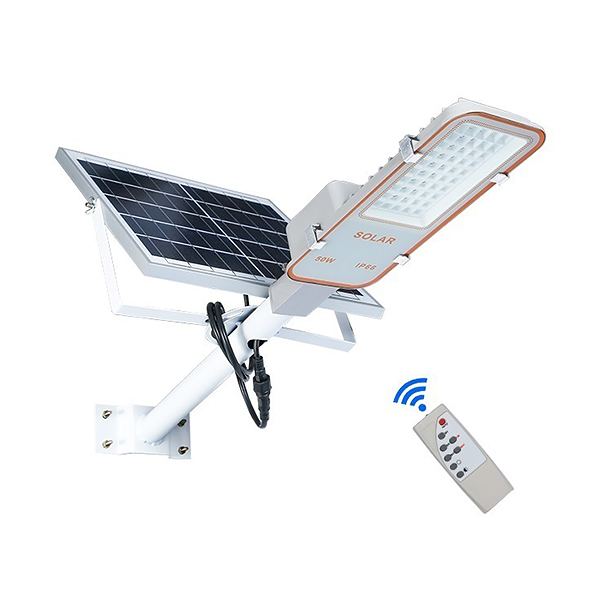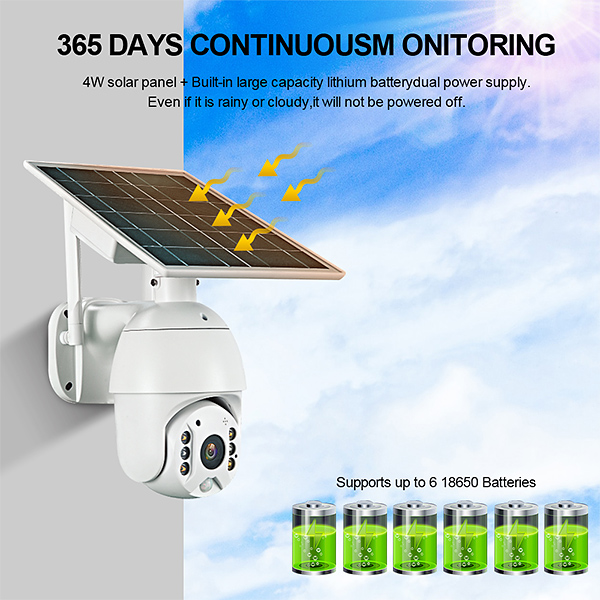Outdoor Camera is an affordable, versatile security camera that tucks away in the corner of your entryway and is ready for home use in a downpour.The camera has an MSRP of $100, but is often sold for $70 or less.Outdoor camera itself features infrared night vision, 1080p streaming and recording, two-way audio, and up to two years of battery life on just a pair of AA batteries.
However, this is only in itself.With the help of two accessories, you can improve the functionality of your camera: a solar panel housing and a floodlight.The camera snaps into the built-in mount, while a short cable connects the camera to the accessory.This cable will either provide power from the solar panel or allow the camera’s motion sensor to activate the floodlight.

The question is whether the extra cost of the accessories ($40 for the floodlight bracket) is worth it.As far as I know, the solar panel cannot be purchased separately, it must be purchased with the camera.
If you connect your camera to a solar panel, you don’t need to replace the battery.For most people, it doesn’t make much sense to spend $130 on a solar panel accessory to install a security camera.After all, given that estimates the battery life of a single battery to be two years, it will take a long time to pay for itself.
The real benefit is convenience.If you own a seasonal property that you don’t visit often, solar panels can be a great way to ensure you have continuous power and monitoring without having to replace your camera’s battery extra when it starts to drain.
Solar panels are also an easy way to reduce your environmental impact.The camera charges from the panel instead of the battery – which means less stuff goes into landfill.
Floodlights are very bright.At 700 lumens, it lights up the night when triggered.You can adjust the angle of the dual LEDs to point in any direction you want, even in different directions.It’s also very easy to set up.I wish I took the time to drill pilot holes for the mount, but it comes with a mount that you can slide under the siding.This holds the camera securely in place to a surprising degree.If I try, I can pull it off the wall, but I certainly don’t see any normal storm moving it away.

You can choose to turn the lights on or off at will, but I found it would be better to let the motion sensor do the work.When something walks in front of the camera, the light activates and illuminates everything in front of them.While outdoor cameras typically use infrared light to capture nighttime video, the floodlight switches it to color for a sharper image.
While this feature is still in beta, you can set different trigger zones for the lights.This means that as long as you have the road set as a dead zone in the camera’s field of view, passing vehicles won’t trigger the camera if they are close to the road.You can adjust the sensitivity of the motion sensor, the intensity of the infrared light, and more.You can even choose to enable early notifications, another feature still in beta that alerts you when motion is detected.
If you already own a outdoor camera, you have to ask yourself if the extra $40 for the floodlight mount is worth it – and if you want to spend another $130 for the solar panel package with the camera.
Floodlight is well worth the added cost.While security cameras add another layer of protection to your yard, the real benefit is in the light.Even cameras with color night vision aren’t as effective as floodlights, which let people know that someone nearby shouldn’t be there.If you’re looking to enhance your home security, spending an extra $40 on a floodlight mount is an easy option.
If you don’t have any outdoor security cameras, the $130 solar panel plus outdoor camera is also worth it.It’s only $30 more than the regular Outdoor Camera, and you’ll save on out-of-pocket costs with the battery.On the other hand, if you already have an outdoor camera and just want to add solar charging to it, there are easier ways.Investing in a set of rechargeable batteries is more cost-effective than buying this type of battery just for the solar panels, unless you have a vacation home that you want to monitor from a distance without risking the battery draining.
I installed solar panel lights in front of windows on the second floor of my house.It will receive plenty of sunlight to keep it charged and monitor the living room and doorway.The floodlight camera is on my balcony right now, but I’m hoping to get the most out of it – when I move to a bigger house I’ll buy a few more on the other side of the house.
Upgrade Your Lifestyle Digital Trends helps readers keep an eye on the fast-paced world of tech with all the latest news, interesting product reviews, insightful editorials and one-of-a-kind sneak peeks.
Post time: May-21-2022




